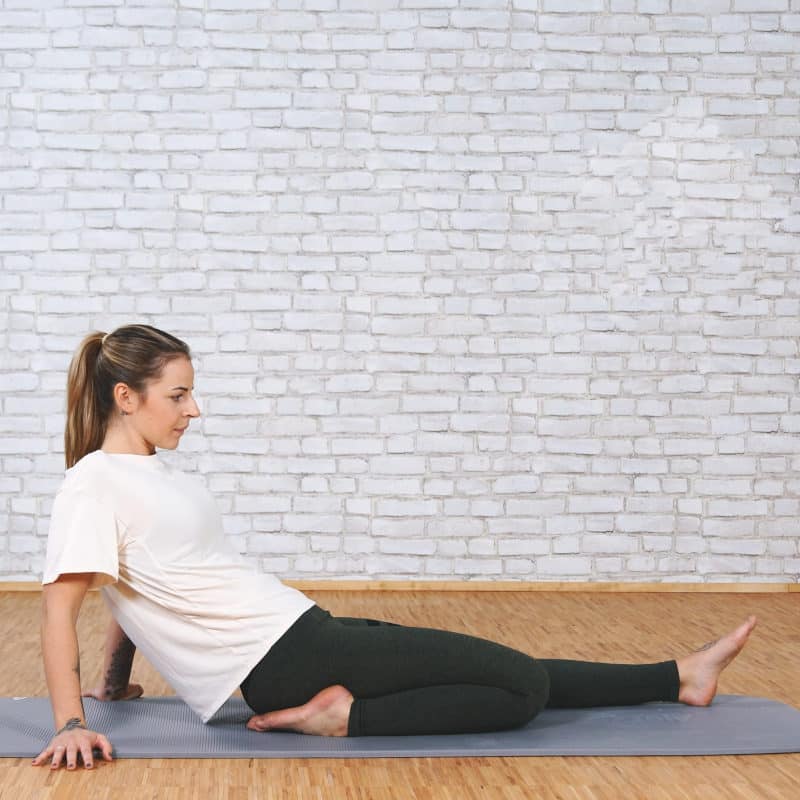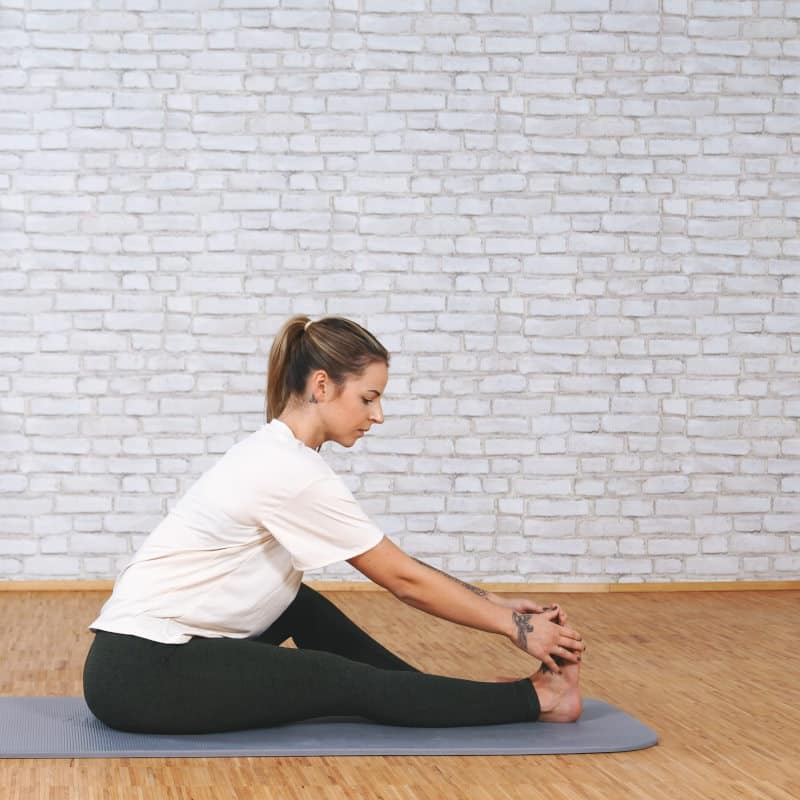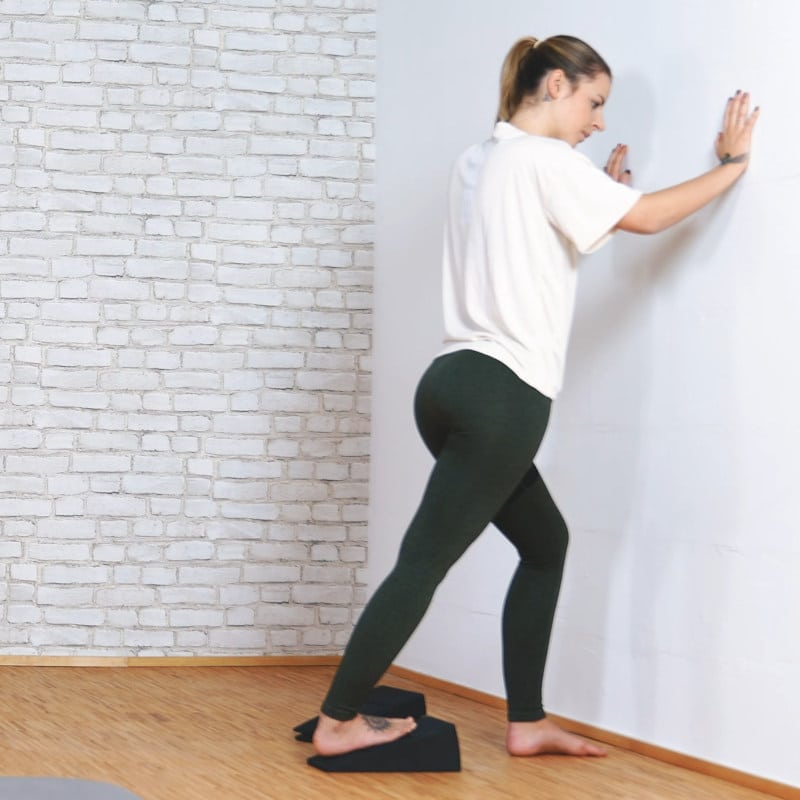how to stop knees from cracking
Body Part:
Knees
Equipment:
The Knee Hero
Level:
Beginner
Body Part:
Knees
Equipment:
The Knee Hero
Level:
Beginner
When you take the stairs, is the creak of the steps followed by the crack of your knees? Do your popping knees get knowing looks from your co-workers when you sit down at your desk? Most of the time, noisy knees are nothing to worry about. Of all the joints that are prone to making a cracking sound, the knee joints are high on the list. You can silence your clamorous caps and relieve muscle tension with our 6-minute stretching routine. All you need is our Knee Hero or a stack of books. Jump to our exercises or keep reading to learn more about cracking knees.
Cracking knees are sometimes called “knee crepitus.” Crepitus is a sound or sensation that comes from the friction produced between cartilage and bones during movement. Knee cracking happens when you use your knees’ full range of motion. Activities that involve bending and straightening your knees, like standing after sitting, rising from kneeling, or squatting, can all cause popping, clicking, crunching, or grating. In most cases, knee cracking is similar to cracking your knuckles; it’s a sound and a mild sensation that isn’t a problem. If you experience knee pain or swelling around your knees after the popping occurs, you should see a doctor or consult an orthopaedic surgeon for a diagnosis or treatment. There are some schools of thought that believe cracking knees is an indication of rheumatoid arthritis or knee osteoarthritis (conditions that cause joint pain); however, there is currently no research to support this claim.
There are a few reasons for knee popping, snapping, and crackling. It could be that your knees are cracking because of:


You may need a towel or belt for this stretch, depending on how flexible you are.

You’ll need the Knee Hero or a stack of books for this stretch.
Start by doing our knee stretches three times a week. Adjust the frequency as you see fit.
Before doing our exercises, crouch down and listen for knee pops, snaps, or crackles. When you’ve finished the exercises, crouch down again. Did you hear anything?
Discover the causes and symptoms of knee pain, common conditions, and find out what helps — and what doesn’t. Plus, more home treatment exercises.
Become a Knee Pain Expert NowKnee pain doesn’t discriminate. Whether you’re young, old, athletic or a couch potato, these jumbo joints will ache at some point. This 3-minute stretching routine can help.
Relieve Knee Pain NowKnee bursitis develops when one of the bursae surrounding the knee becomes inflamed. Our stretching routine can help alleviate pain and reduce the swelling.
Try Our Knee Bursitis Exercises